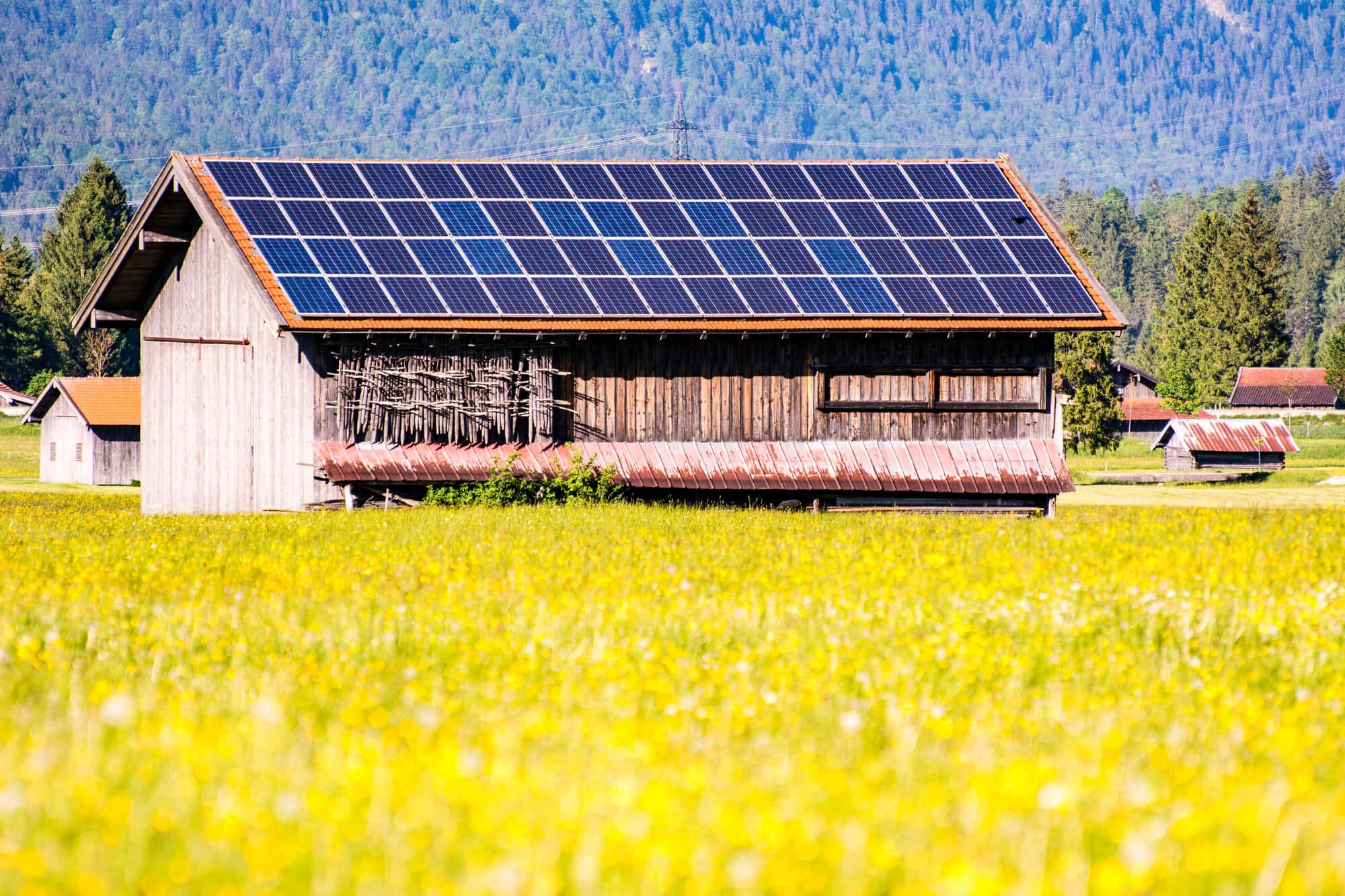The new development will reduce the cost of energy per kWh in Israel by 75%; Covering half of the greenhouses in Israel with the new cell will produce electricity that will exceed the national goal set for 2050

The Red Solar Flower company was founded on the basis of the invention of Prof. Haim Rabinovitch from the Faculty of Agriculture, Food and Environment, and Prof. Lioz Etgar from the Institute of Chemistry at the Hebrew University. The scientists developed a prototype of an innovative solar cell whose efficiency has been technologically proven and whose products dramatically change the rules of the game in the field of solar energy and agricultural production. The innovative solar cell is designed for full coverage of agricultural areas (greenhouses, orchards, fields) and water bodies that will enable the generation of both electricity and agricultural produce, without usurping natural resources and without harming the environment.
The innovative solar cell based on chemical sophistication is produced in a simple and relatively easy method from cheap materials, such as perovskite, whose chemical conversion makes it transparent to the light energy needed by plants for the photosynthesis processes and allows the remaining light energy to be converted into electricity. Prof. Liuoz Etgar explains that: "It is clear to everyone that the energy in the agricultural greenhouses has been wasted for years, and this is because the crops use only a small part of the energy radiation from the sun and the rest of the energy is radiated back into the atmosphere or becomes heat that the farmers are required to get rid of during most months of the year." Our solution, Etgar adds, maximizes up to 2.5 times the production of solar electricity in the growing areas." The innovative product offers a cheap price for the production and installation of the panel compared to the silicon cells and significantly improves the growing conditions by reducing the heat load, reducing greenhouse gas emissions, saving water, and protection against the elements and indirectly partial protection against disease agents and pests.
All the technologies that exist today in the market for the production of green electricity in agricultural areas are based on photovoltaic cells that are opaque to light, or partially transparent to most of the spectrum, therefore the utilization and yield are less. Prof. Haim Rabinovich notes that: "The current development, which can be installed on any agricultural area and above any water body, will make it possible to completely replace the roofs of most agricultural greenhouses, relieve heat loads in orchards and fields, and prevent the transformation of water bodies on which rafts or islands of solar cells are placed into watery deserts.
Calculations based on the existing data show that the use of the new cells will reduce the cost of energy per kWh in Israel by 75%, which will reduce the farmer's expenses, increase his income and well-being. This is nothing less than a revolution. For that matter - in Israel greenhouses are built on an area of about 90 thousand dunams. Covering half of their roofs with the new cells will provide green electricity in an amount that will exceed the national goals in electricity production and carbon dioxide emissions set for 2050. To gauge the economic potential, it should be noted that greenhouses are built around the Mediterranean basin alone on an area of about 2 million dunams.
from a study published in Global Food Security In 2018, it appears that the value of vegetable crops constitutes about 30% of the total value of the vegetable agricultural crop estimated at about 1.850 billion dollars, all of which are produced on the basis of about 10% of the total light energy radiated by the sun used for photosynthesis, it was only A matter of time and creative research that breaks through to find the most efficient solution for the combined production of agricultural produce and electricity based on the energy from the sun that is not used for photosynthesis.
The idea and the research plan were examined by the Innovation Authority which gave the researchers a generous grant to carry out research on the basis of which the Red Solar Flower company was established in cooperation with the Hebrew University's implementation company. Thanks to the research, development and achievements, the company, under the management of Dr. Shai Danziger and Ilan Sharon, recently won first place in a national competition in the field of solutions for the climate crisis held by Startup Nation.
More of the topic in Hayadan:

5 תגובות
Provoskite solar collectors have been in development for many years. The researchers are competing among themselves as to who will succeed in developing solar collectors from this material, which will now obviously be significantly cheaper than the usual collectors. just what? No one has yet managed to build such a cell that can be put on a roof and forgotten for 25 years. So first they will succeed in building normal cells, then they will develop cells that are transparent to the light needed for photosynthesis. As the American saying goes: learn to walk before you try to run……. And I promise the distinguished professors: you will open ordinary provoskate cells, become billionaires, and then work on the integration with agriculture.
Solar cells make more money than agriculture.
Agro Solar is just a joke to expand energy production without the need for draconian approvals from Rami.
Like barns, sheds, chicken coops and more - which were closed and only the roof generates money
I think the idea is very problematic because in the summer they will have to cover the greenhouses with a shade net so that the plants don't get cooked
Even if they manage to develop the transparent panel, it is problematic, because in the summer they will have to cover the greenhouse with a shade net so that the plants do not cook inside and this will reduce the production of electricity
Very cool